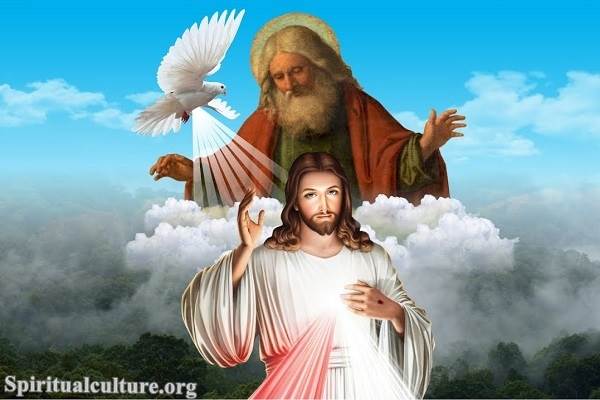As one of Southeast Asia’s most vibrant countries, Vietnam is known for its rich cultural tapestry. Despite Buddhism being the dominant religion, Catholicism in Vietnam has been integral to the country’s religious milieu for centuries. Understanding Catholicism’s history and current status in Vietnam provides a unique perspective on the fascinating interplay of religion, culture, and politics in this dynamic nation.
History of Catholicism in Vietnam
When Portuguese and Spanish missionaries arrived in Vietnam in the 16th century, they brought Catholicism with them. French missionaries followed these Jesuits in the following century. This marked the beginning of Catholicism in Vietnam, a faith that would endure despite periods of intense persecution.
Notably, Catholicism’s growth in Vietnam was facilitated by Alexandre de Rhodes, a Jesuit missionary who developed the Vietnamese alphabet based on Latin script. This allowed for the widespread dissemination of Catholic teachings, making Catholicism the second-largest faith in Vietnam after Buddhism.
Colonial Era and Catholicism
Catholicism in Vietnam was further entrenched during the French colonial period (1887-1954). French colonial policies favored Catholics over the majority of Buddhists, which led to increased conversions. The French also built many prominent cathedrals, the most famous of which is the Basilica of Notre Dame in Ho Chi Minh City.
Post-Independence Catholicism in Vietnam
The end of the colonial era signaled a tumultuous period for Catholics in Vietnam. In 1954, Vietnam was divided into the communist North and the capitalist South. Many Catholics, fearing persecution, fled from the North to the South. After reunification in 1975, the communist government was initially hostile towards Catholicism, viewing it as a remnant of French colonialism. This led to a tense relationship between the Church and the state, with restrictions on religious practice.
Contemporary Catholicism in Vietnam
Despite these challenges, Catholicism in Vietnam has persevered. Today, Vietnam is home to over six million Catholics, making it one of the largest Catholic communities in Southeast Asia. While Catholics have experienced varying degrees of religious freedom, the government has gradually increased its tolerance towards the religion. In 2007, Pope Benedict XVI and President Nguyen Minh Triet held historic talks, marking a significant step towards improved relations.
The influence of Catholicism in Vietnam can be seen in the country’s landscape, with beautifully designed churches dotting the country, from the metropolitan areas to the rural countryside. Major Catholic celebrations like Christmas and Easter are observed nationwide, even by non-Catholics, further testament to the faith’s cultural integration.
Catholicism and Vietnamese Culture
The fusion of Vietnamese culture and Catholicism is a fascinating aspect of Catholicism in Vietnam. Vietnamese Catholics have adapted the faith to their cultural context, incorporating ancestral veneration – a core facet of Vietnamese spirituality, into Catholic practices. This syncretism is a testament to Vietnamese Catholics’ resilient and adaptive nature.
Catholicism in Vietnam paints a picture of resilience and adaptability. Despite historical challenges, Vietnamese Catholics have maintained and enriched their faith with their unique cultural flavor. Their experience provides insight into the broader narrative of religious flexibility, cultural absorption, and socio-political dynamics in Vietnam. As Vietnam continues to evolve, the future of Catholicism in the country will undoubtedly be an exciting space to watch.

